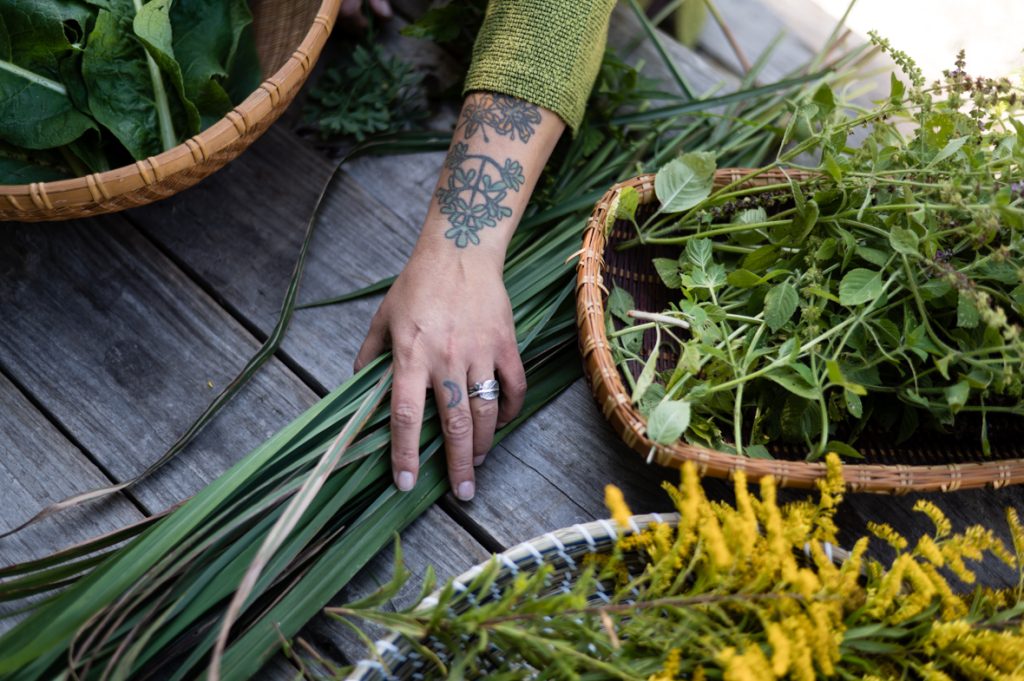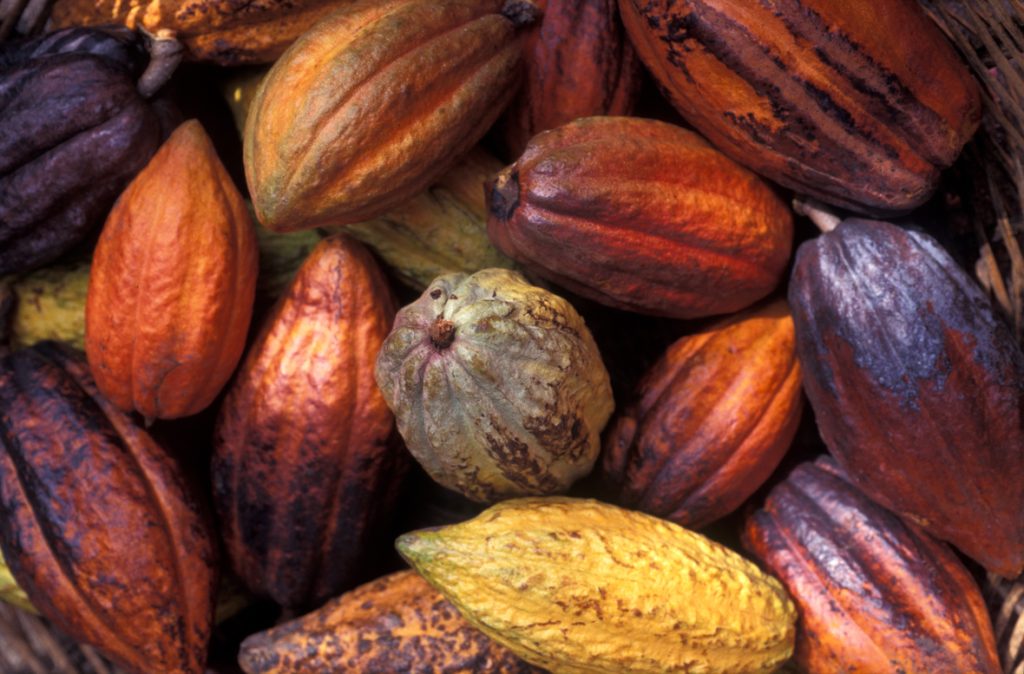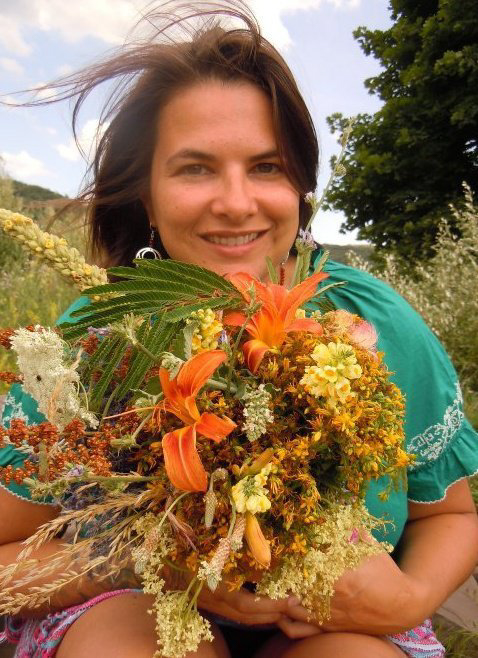National Geographic Herbal is a comprehensive guide to 100 essential herbs and the variety of ways to use them. Written by Mimi Prunella Hernandez, the executive director of the American Herbalists Guild, National Geographic Herbal features backyard weeds, culinary herbs, and medicinal plants to help the at-home chef, gardener, and wellness advocate discover the healing properties of herbs and spices.
Mimi shared her thoughts with D23 about messages in the book. It’s a powerful read, not only as we celebrate Hispanic and Latin American cultures by highlighting persons connected to the communities, but also because it provides an insider look into rich herbal traditions and practices around the world.
Q. Tell us a little about National Geographic Herbal. What can readers expect when they open the book?
I wrote National Geographic Herbal with plant lovers, herbalism students, kitchen enthusiasts, and health-minded individuals in mind. When readers open the book, they can expect a comprehensive journey into the world of herbs.
The book aims to provide a deeper understanding of plants by beginning with their sensory qualities, such as bitterness, aroma, softness, and heat to name a few. From there, the book delves into different perspectives, starting in the kitchen and extending to the garden. It encourages readers to explore the weeds and discover the benefits they offer. Readers will be inspired to get hands-on with herbs, guided by simple do-it-yourself tips and recipes.

A standout feature of National Geographic Herbal is its deep respect for the diverse traditions associated with herbs. The book emphasizes the importance of respecting and honoring healing traditions that have developed around these plants. By doing so, my aim was to foster an appreciation and understanding of the cultural significance of herbs.
Q. The book features contemporary photography and vintage botanical drawings. How do these images of nature help tell a story throughout?
This blend of art and photography helps our readers recognize the plants and understand the roles they play in our daily lives. For each of the 100 plants, the book includes a beautiful botanical illustration, although we had to use a few pressed plant specimens from museums for plants that have never been drawn or painted by artists before.
The photographs evoke a variety of contemporary moments, using snapshots of plant preparation, walking through the fields or woods, or simply a different view of the same plant as it appears in nature.
Q. Describe what your journey in herbs and plants has been like up to this point? How did you become an herbalist?
Overall, my path toward herbalism encompasses tradition, scientific rigor, spiritual practice, and a deep connection to nature. During my journey I had the privilege of being guided by several distinguished individuals, including my esteemed mentor, the late Dr. James Duke. Dr. Duke was a renowned American botanist and ethnobotanist who dedicated many years to the United States Department of Agriculture (USDA). His valuable contributions include compiling extensive herbal databases and authoring influential books like The Green Pharmacyand The CRC Handbook of Medicinal Herbs.
Other exceptional educators played significant roles in shaping my path. Among them Simon Mills, an herbal scholar from the UK, and Dr. Kevin Spelman, a brilliant lecturer, have had a profound impact on my academic research and studies. Additionally, I must mention James Snow, an herbalist whose rich legacy has greatly influenced my clinical training. I am truly grateful to have learned from these extraordinary individuals who have shaped my journey in this field.
Nature and wild spaces also hold immense value in shaping my path as an herbalist. Seeking solace and nourishment in natural surroundings has been integral to my work. My learnings from the esteemed Rocio Alarcon, an ethnobotanist and healer from Ecuador, have instilled in me the importance of understanding the healing landscape we inhabit.
Q. How important is it to you to share the wonders of nature and tell these stories about wellness and healing?
As I reflect on my herbalist journey, I am deeply grateful for the wisdom I have gained. However, it is equally important to me to share that wisdom and empower others. Guiding people toward wellness brings me a profound sense of fulfillment. Teaching my children how to care for simple ailments at home not only reinforces the importance of this knowledge but also instills in them a sense of self-sufficiency.
Sharing the stories of herbalists and their rich traditions plays a crucial role in preserving ecological knowledge. Engaging in conversations with our elders and passing down their wisdom to future generations ensure that this valuable knowledge is not lost. This, in turn, fosters a sense of communal care, where we look out for each other’s well-being.
Working with National Geographic has added an exciting new dimension to my herbalism journey. It has allowed me to explore different facets and expand my knowledge further. This experience serves as a constant source of motivation for me to continue learning and sharing my wisdom with others. It truly is a gift that propels me forward.
Q. Your book talks about healing traditions across Latin America. Did you or your family use these types of practices growing up?
Whether it was the enchanting scent of my Colombian abuelita’s herbal face cream or the soothing sound of my Mexican abuela’s prayerful herbal murmurs with cacao, I am proud to carry on the rich legacy of their traditions. Both of them came from large families and were highly industrious, but they also placed great importance on the mental, spiritual, and physical well-being of their communities. Through their knowledge of herbal teas, energy cleanses, and the resilience of healthy living, they provided essential care to others.
My Mami introduced me to gardening at a young age, and I quickly fell in love with her strawberry patch, the warmth of her cinnamon tea, and the invigorating eucalyptus showers she would prepare. Today I tend to gardens of my own, walking the spiral herb garden that my Mami built with her own hands. It’s where I grow my own lemon verbena and ruda plants for my sacred limpias (ritual cleansings), along with an assortment of fragrant herbs for the kitchen and for my family’s care.
Q. Tell us about the curanderismo lineage of Latin America. Why is it important that people learn about this lineage?
Curanderismo, a healing lineage deeply rooted in Latin American cultures, draws influences from indigenous Mesoamerican practices, African traditions, and European influences. This holistic approach recognizes the interdependent relationship between physical, spiritual, and emotional well-being. A significant reason for learning about curanderismo lies in its comprehensive approach to health, addressing both the psychospiritual and physical aspects. For instance, traumatic experiences, known as “susto,” can adversely affect an individual’s physical health. Curanderismo places great importance on spiritual and supernatural factors, utilizing techniques such as herbs, dietary recommendations, prayer, and rituals to facilitate healing.

Community compassion represents another vital aspect of curanderismo. Through practices like spiritual baths and cleansing rituals, curanderos aim to restore the soul-body connection and eliminate negative energies, promoting overall well-being. The curanderismo tradition also acknowledges the significance of a person’s sense of belonging within their community, emphasizing the role of strong community support in the healing process. Even in the presence of conventional allopathic care, many Latin Americans choose curandero care for specific situations. By embracing and honoring the curanderismo lineage, we not only gain a deeper appreciation for Latin America’s rich cultural heritage but also broaden our perspective on holistic healing and the interconnected nature of various dimensions of well-being.
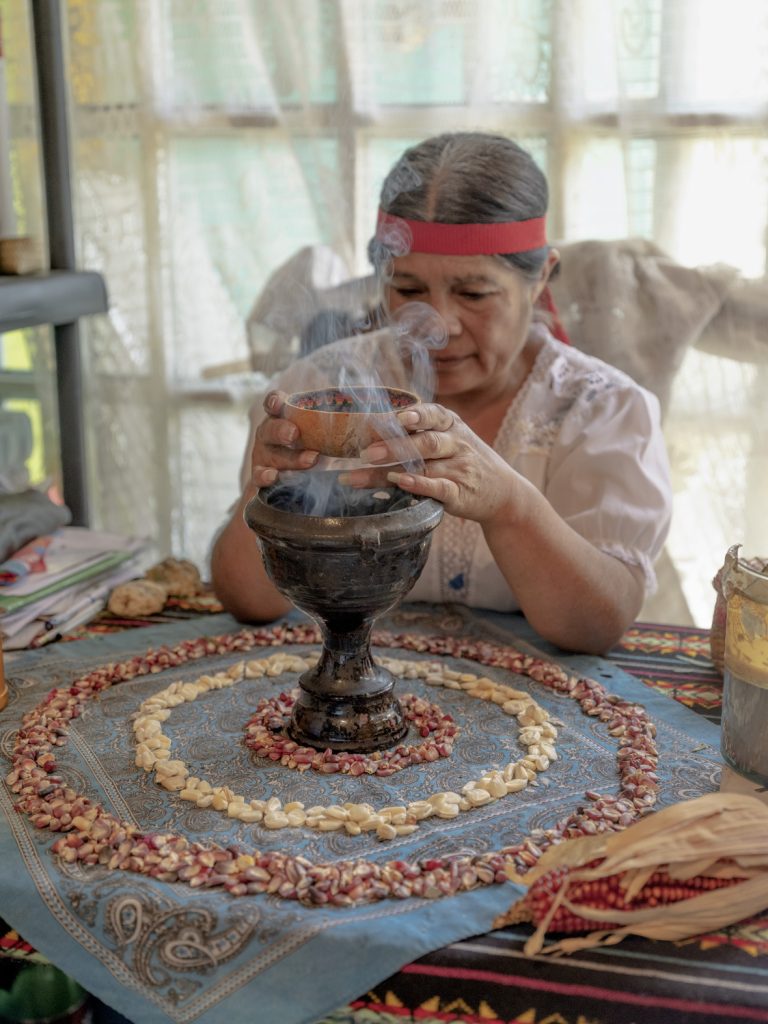
Q. What can you share about experiencing travel through the wonder of plants? What areas in Latin America would you recommend travelers explore?
Traveling through Latin America is truly a remarkable experience, especially when discovering the wonders of herbalism. There are several areas in Latin America that I would highly recommend for travelers to explore. One such place is Oaxaca, in southern Mexico, known for its rich culinary traditions. Taking cooking classes there can expose you to the art of traditional cooking, where you can learn about the unique flavors, herbs, and spices passed down through generations.
In addition to cuisine, Latin America offers a vibrant array of botanical delights. I love the enchanting and colorful markets found throughout the region. These markets showcase a wide variety of herbs and plants, beautifully displayed on colorful blankets by local vendors. It’s a feast for the eyes and a chance to learn about the different plants used in traditional remedies, teas, and culinary creations.
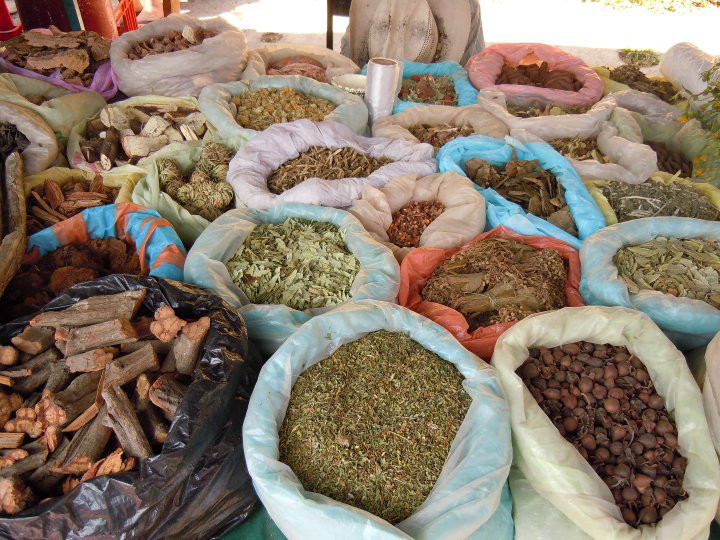
When it comes to specific botanical wonders, I recommend exploring the fascinating world of beverages. For example, in Central America, you can witness indigenous people tending to fermented cacao straight from the pod, crafting the delicious and authentic beverage right before our eyes. Throughout the Caribbean coast, I recommend sampling the Flor de Jamaica, a refreshing red beverage made from roselle hibiscus. Each family can have their own unique blend, making it a truly special experience to try different variations.
Other noteworthy botanical experiences include savoring the velvety water infused with flax seed known as “emoliente” in Peru, the bright oregano flavor boost of chimichurri in Argentina, and the spicy tart flavor boost of Colombian Aji made with chilies and vinegar. Brazil offers the opportunity to try jambu, or spilanthes blossoms, known as buzz buttons, infused in liquors or steeped in Tacacà soups, providing a truly unique sensory adventure.
Lastly, don’t forget to explore the brilliant botanical gardens found in Latin America. These gardens showcase the region’s vast tropical and colorful treasures, from exotic flowers to rare plants. When I travel, I love to take in the serene environment of the gardens to appreciate the beauty and diversity of the bioregion.
National Geographic Herbal will be available for purchase on November 7, wherever books are sold. Check out Mimi’s favorite recipe here.



